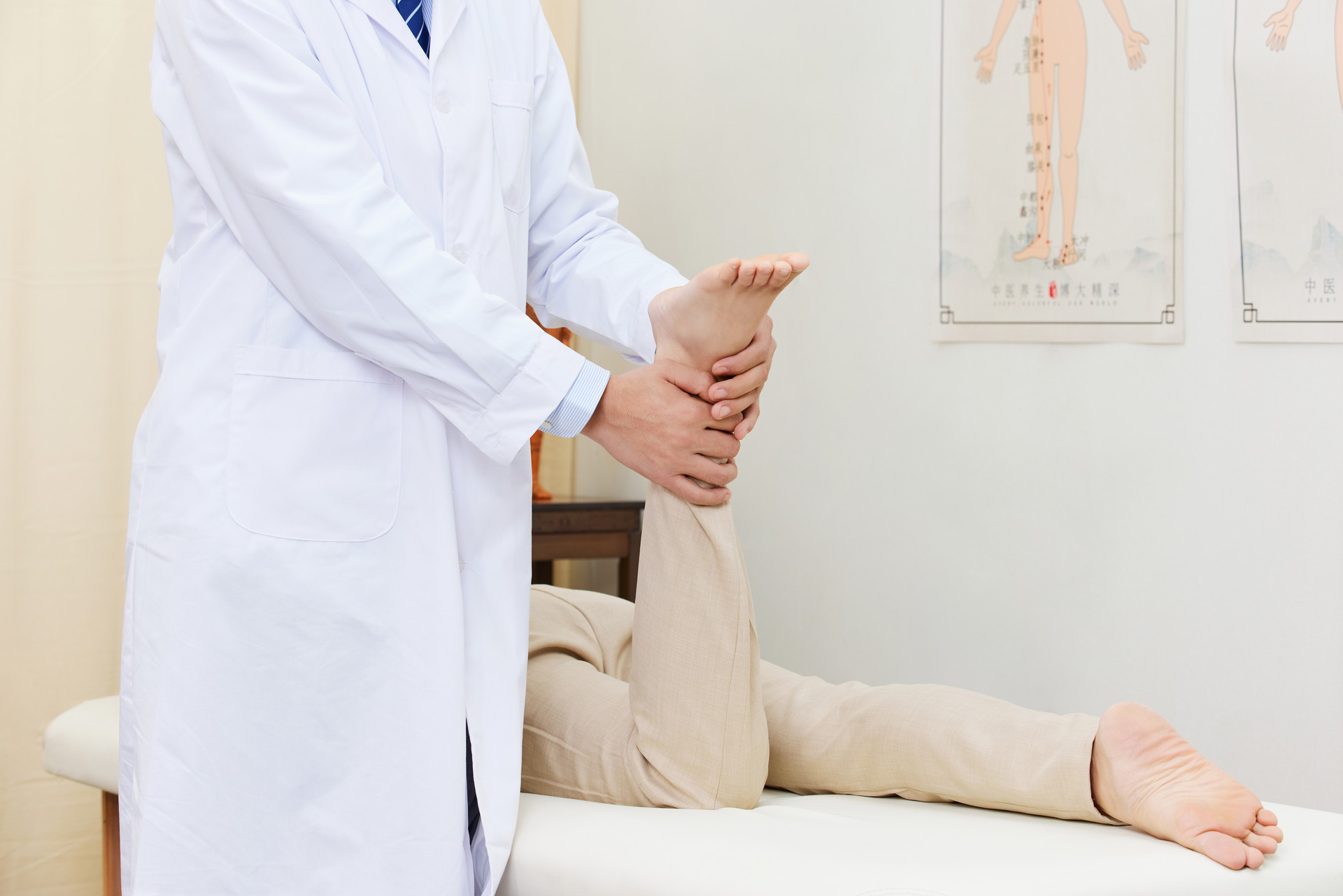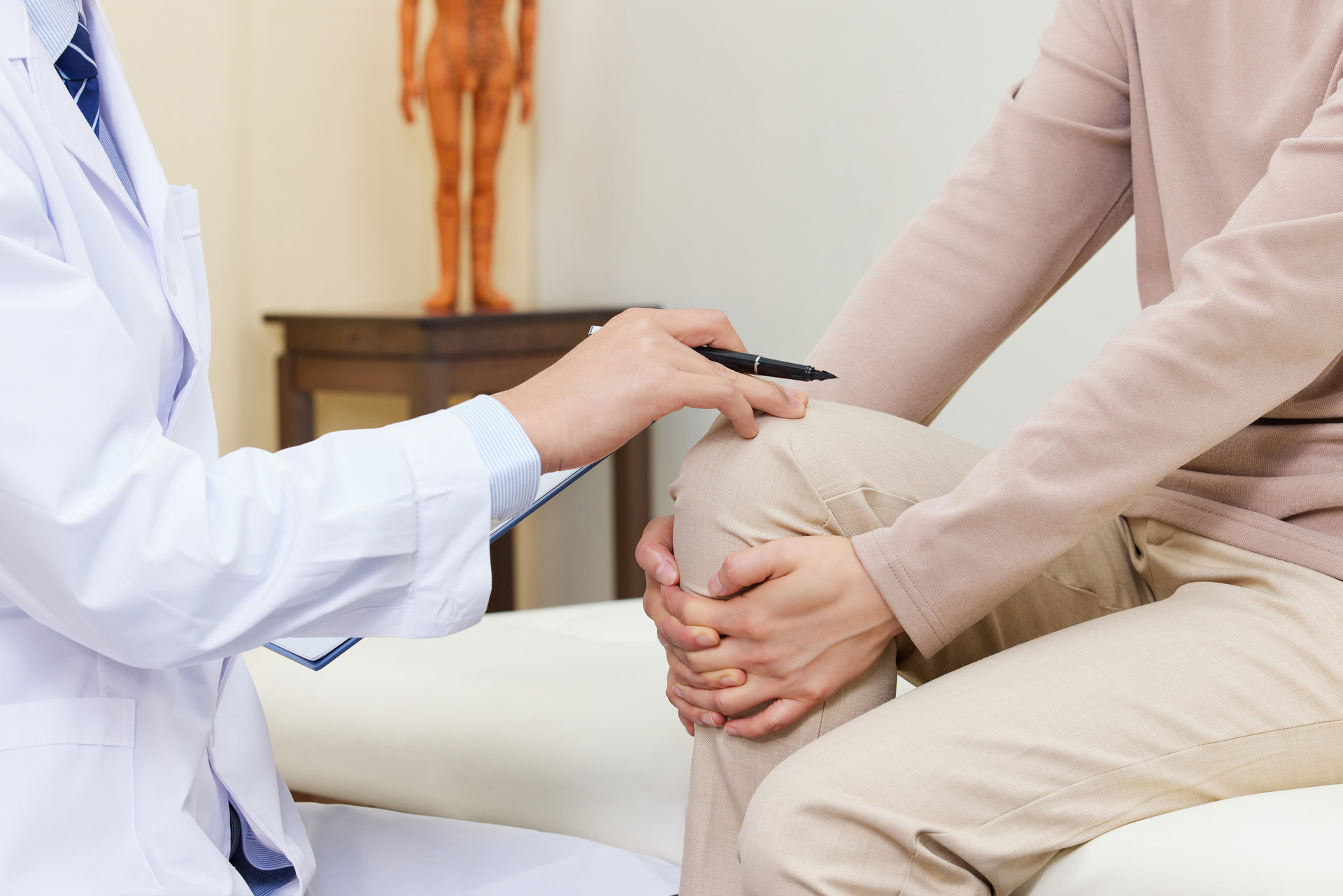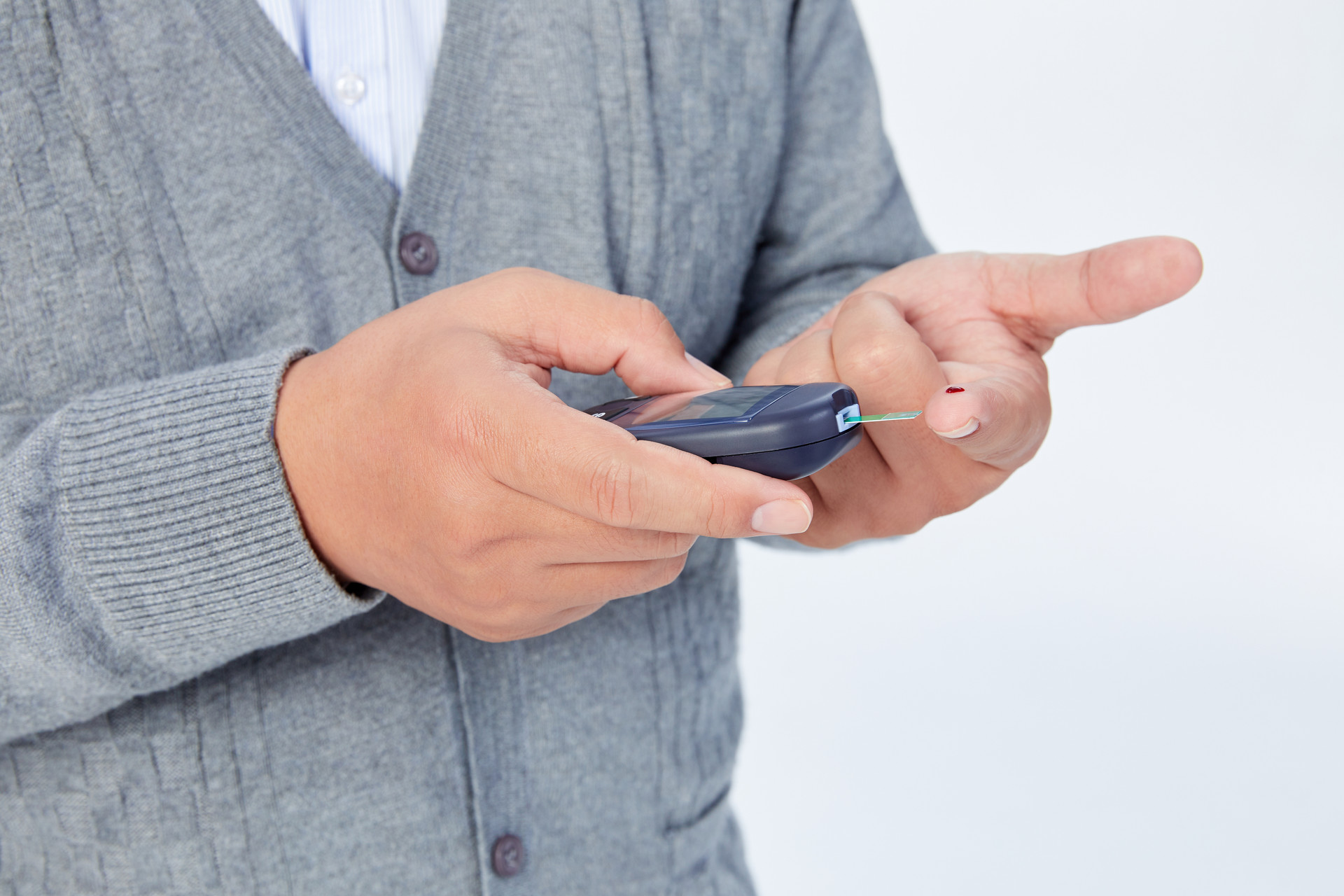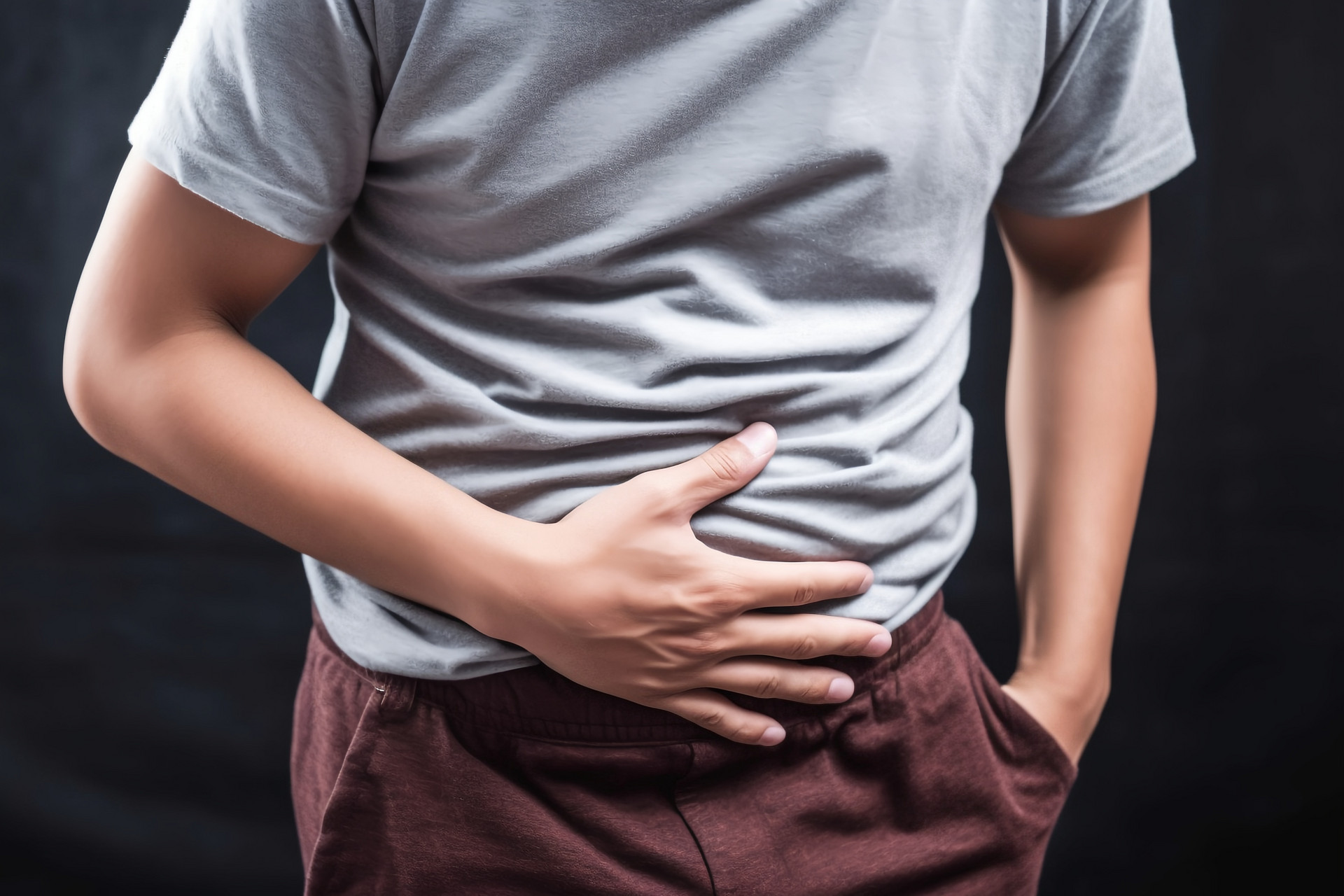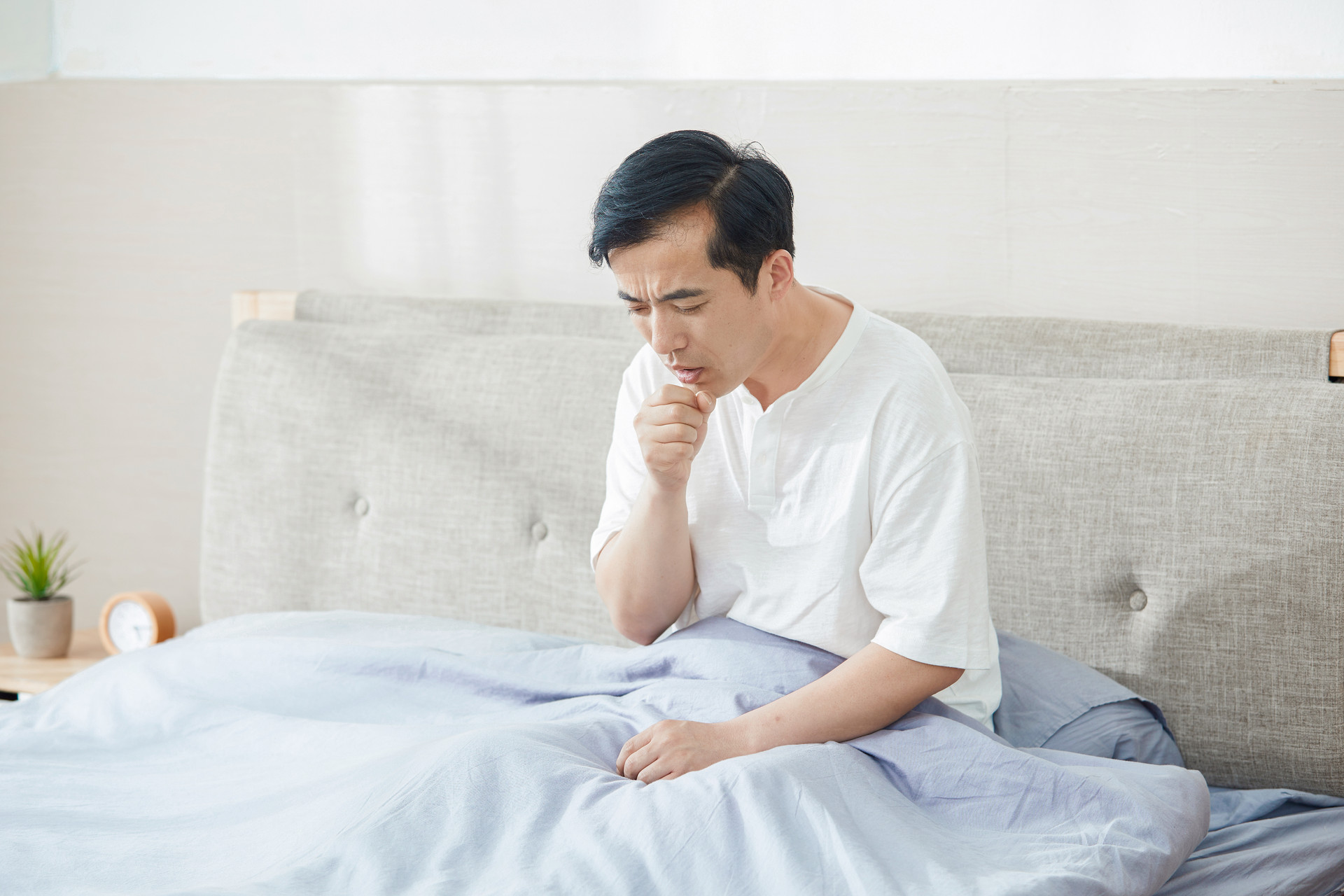In winter, soaking in hot springs has become a fashionable way to relax and relieve stress. Soaking in hot springs has the benefits of replenishing minerals, accelerating blood circulation, and relieving stress through static pressure massage. However, for men who are planning to have children in the near future, they should be cautious and try to avoid soaking in hot springs.
Sperm is produced in the testes and matures in the epididymis. The testes are located in the scrotum, which is outside the body cavity and has a temperature 2-4 degrees Celsius lower than the core body temperature. This temperature is conducive to sperm production and maturation. However, the water temperature in hot springs is usually controlled between 36-42 degrees Celsius, and sometimes even higher. Regularly soaking in hot springs can raise the local temperature of the scrotum, thereby affecting testicular spermatogenic function, reducing the ability to produce sperm, decreasing sperm count, reducing sperm vitality, and even causing sperm death, leading to decreased fertility. It takes about three months for sperm to regenerate, so a long soak in hot springs with high temperatures can potentially cause a recent decline in fertility that expectant fathers may not be aware of.
Men preparing to become fathers must be cautious about soaking in hot springs. The duration of high-temperature baths should not be excessively long, and if soaking is necessary, the time and water temperature for each session should be controlled. Extremely high or low temperatures are not suitable.


